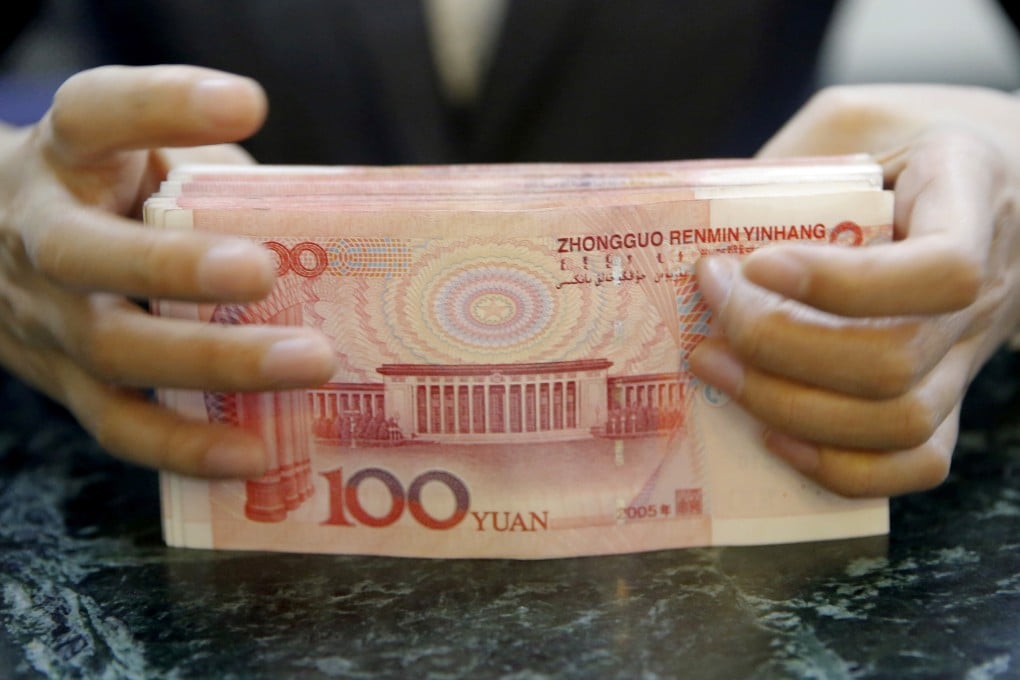Explainer | China’s yuan vs renminbi: what’s the difference?
- China’s currency is officially the renminbi, which literally means ‘the people’s currency’, while the yuan is technically the unit of measurment of the renminbi
- Despite Beijing’s best efforts, the currency still has a long way to go before it can challenge the US dollar because of rigid capital controls

When did China first start using the renminbi?
The history of Chinese money spans more than 3,000 years, but the official renminbi was first issued during the Chinese civil war in December 1948, after the establishment of the People’s Bank of China (PBOC) in Shijiazhuang city, Hebei province.
In 1949, the Communist Party defeated the Kuomintang and Mao Zedong proclaimed the People’s Republic of China, making the renminbi the sole legal currency across the country.
What’s the difference between the renminbi and the yuan?
Chinese money has two names that are often used interchangeably: the renminbi and the yuan.
Officially, China’s currency is the renminbi, which literally means “the people’s currency” in Mandarin.
The renminbi is sometimes called the “redback” by Western media, a play on “greenback”, which is used informally to describe the US dollar.